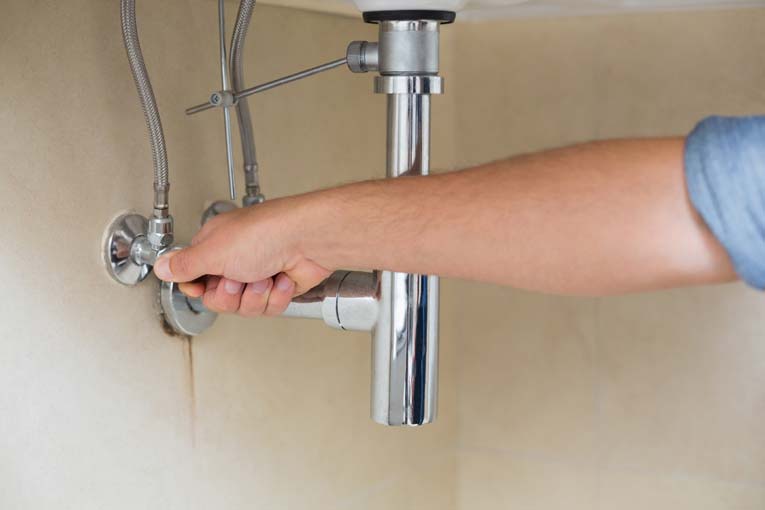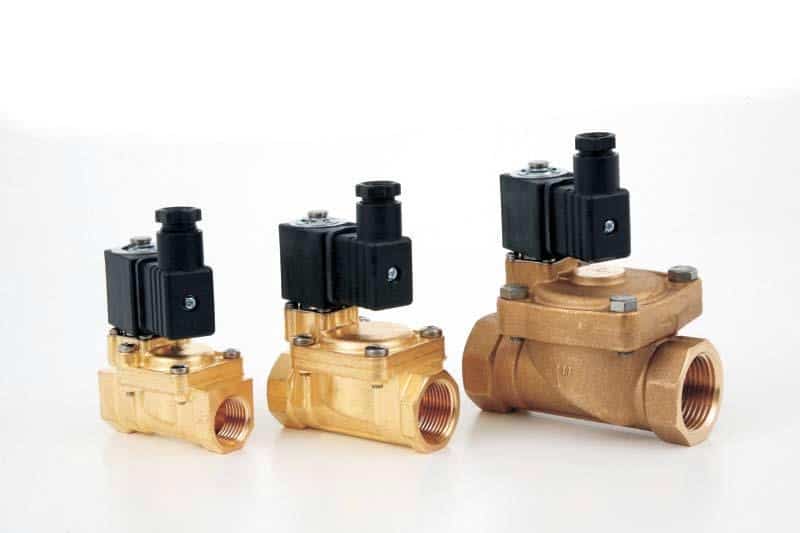Water Shut-Off Valve Awareness: Why Knowing It Completely
Water Shut-Off Valve Awareness: Why Knowing It Completely
Blog Article
How do you really feel about 3 Ways To Prepare Your Home For Storms?

The plumbing system of your house is a complex network of pipelines and shut-off shutoffs. The latter is utilized to regulate the water's flow right into the pipes throughout the whole house. In case of an emergency, you can cut the water making use of the shutoffs. This avoids extensive water damages from happening.
Why Must I Fret about This?
Your restroom sink is malfunctioning, so you can easily locate the shut-off valve under the sink. For major leakages, you have to close the mainline shut-off valve.
The longer you wait to close the shut-off valve, the more extensive the damage will be. You may not have enough time to figure out how to close the shutoffs when you're stressing in the middle of an emergency.
What Does the Shut-Off Valve Appear Like?
This is typically a handle that allows you to shut off the water for a certain home appliance, a localized area (for example the entire 2nd flooring), or for the entire residential property. It is vital to recognize where these shutoffs are, so when something crops up in any location of your residence, you can shut it right now. This will help you stay clear of substantial water damage that will certainly set you back thousands to repair.
Where are These Located?
It may be testing to find them, especially if your residential or commercial property is big. Your best option is to call a water remediation services firm for support. However if you have a fairly moderate-sized residence, try looking for a handle or lever. This is usually situated in the adhering to areas:
It must be indicated in those documents if you have a house inspection record from when you acquired your home. If you developed it from scrape, it should be in the blueprints. Commonly, contractors mount the valves near or within the main, ground-floor shower rooms. The shutoffs are supposed to be visible, some select to camouflage them for visual factors.
When to Call a Professional?
Ought to the previously mentioned hold true for your local shutoffs, you have no other option yet to shut down the major water line, reducing the resource of water in your entire residence. After that call the plumber to inspect the trouble and also shut off the valve in that area only so you can use the rest of the plumbing in other areas of your residence.
Remember, these valves are lifesavers and important for any type of plumbing repair work. If you detect any type of leaks to avoid further damage, you can turn them off. Your residence can obtain swamped not just with natural catastrophes however because of a burst pipeline. In the event of a plumbing emergency, shut down these shutoffs to prevent problems that call a credible water damages remediation service provider.
The plumbing system of your residence is an elaborate network of pipes and also shut-off valves. In the occasion of an emergency, you can cut the water using the shutoffs. The longer you wait to close the shut-off shutoff, the much more extensive the damages will be. It is crucial to understand where these valves are, so when something crops up in any kind of area of your home, you can shut it right away. In the occasion of a plumbing emergency, shut down these shutoffs to stop complications that call a trustworthy water damage repair service provider.
How to Shut Off Water Valves
The Shutoff Valve to the Water Supply for an Individual Plumbing Fixture
To stop the flow of water to a specific appliance such as a sink, check the pipes for the nearest valve; it will likely be made of chrome and located directly below the fixture. Many showers and sinks have two valves for hot and cold water respectively, so make sure to turn them both off. Appliances like dishwashers, How to Shut Off Water Valveswashing machines, and refrigerators sometimes have switches, rather than valves, on the hoses connecting them to the wall. Water heater valves are usually located on the pipes above.
When it comes to which way you should turn the valve, keep in mind the old saying “righty tighty, lefty loosey.” In other words, turning a valve clockwise, or to the right, will restrict the flow of water while turning it counterclockwise, or to the left, will allow water to flow. If you have trouble turning the valve, wear a work glove to get a better grip, or use a wrench. Once you turn all of the valves clockwise as far as they will go, the water supply should be successfully shut off.
Before you start making repairs, have a bucket nearby so that you can drain any water that was left over in the pipes. After you finish the job, turn the valves counterclockwise as far as they will go to restore the water flow.
The Shutoff Valve for the Main Water Supply to Your Home
The first step is locating your main shutoff valve. You probably have a brass valve with a round handle near the area where water enters your home. It could be located in your kitchen, a utility closet, a downstairs bathroom, or even on an outside wall. Turning the valve clockwise as far as it can go should shut off all of the water fixtures in your home; however, you’ll need to turn on all faucets to empty any water left remaining in the pipes. Let your sinks and showers run until all water flow ceases, and then turn all faucets to the off position. After finishing your repairs or installations, turn the main valve back counterclockwise.
The Shutoff Valve for the Water Supply to Your Entire Property
Before you do anything, call your water company and ask for permission to access your street shutoff valve. If your home’s main water valve fails or needs replacing, you must turn off the water supply to your whole property before attempting repairs. You’d also need to do this before trying to fix a leak in the pipes connecting your home to the street valve. The shutoff valve for the property is usually located in the same metal box that contains the water meter. Remove the box cover and look for a handle; you might need a long wrench to reach it.
Different cities have different types of street valves. Ball valves have long, thin handles while gate valves have more rounded handles. A ball valve handle will usually be aligned with the pipe while open; turn it 90 degrees to the right to turn it off. Gate valve handles should be turned clockwise as far as possible to stop the water flow.

I was brought to that editorial on 3 Ways to Defend Your Home for Possible Water Damage through an acquaintance on another domain. Sharing is caring. Helping others is fun. Many thanks for your time invested reading it.
The right fix? Ring! Report this page